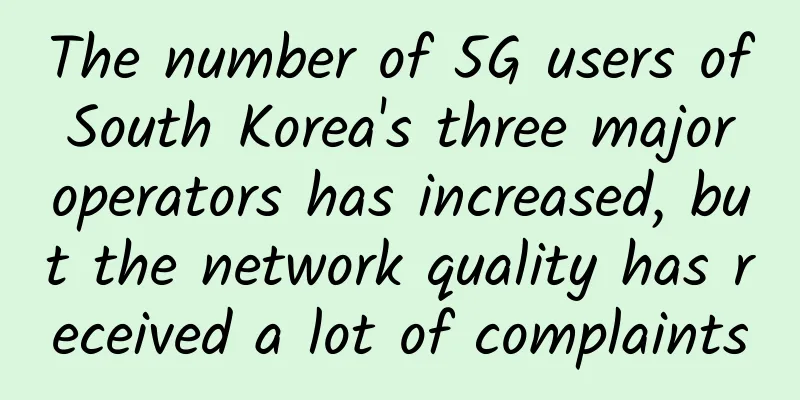Also talking about old friends: The return of Nokia

|
[51CTO.com original article] Chinese people like to choose auspicious days to do things, especially for weddings, funerals, business openings, and welcoming old friends. On May 18, 2017, we welcomed the return of an old friend that everyone is familiar with - Nokia: China Huaxin and Nokia officially signed an agreement to integrate Nokia's China business with Shanghai Bell Co., Ltd. The new company after the integration was officially renamed: Shanghai Nokia Bell Co., Ltd. Nokia is back with confidence and sincerity in the Chinese market.
[51CTO original article, please indicate the original author and source as 51CTO.com when reprinting on partner sites] |
<<: 5G is not here yet, but it is within reach
>>: How to connect a switch Switch usage tutorial
Recommend
Interviewer: Can you tell me why TCP needs three handshakes and four waves?
The TCP protocol is a connection-oriented, reliab...
Little-known trick! How to draw a standard square in Excel
I turned on my computer and opened my beloved Exc...
Data roaming is cancelled. China Mobile, China Unicom and China Telecom, the three major operators, said that international roaming fees will continue to be reduced.
Starting from July 1, the three major operators o...
From fiber to 5G: A comparison of internet connection types
Connecting to the internet has never been easier:...
Ruijie Networks launches Cloud Office 4.0 solution as an alternative to commercial PCs
On June 12, Ruijie Networks held a media conferen...
[11.11] RAKsmart cloud server 10% off from $2.49/month, bare metal cloud server $69/month, Japan/Hong Kong/Singapore/US data center
Previously, we have shared the promotional inform...
CloudCone Easter Sale: $14.28/year - 1GB/45GB/4TB/Los Angeles Data Center
CloudCone's Easter sale started today, offeri...
A complete guide to the development of TCP/IP
[[415786]] In the late 1950s, during the Cold War...
Single Sign On (Single Sign On) is enough to read this article
[[347603]] background In the early stages of ente...
The Experience Economy is in Full Swing: Aruba Drives the Intelligent Digital Workplace
Under the wave of mobility and digitalization, th...
My HTTP/1.1 is so slow! What can I do?
[[383004]] This article is reprinted from the WeC...
2021 China Internet Haha List 3: Top Ten Keywords
With change comes new opportunities. The Internet...
Liu Yunjie: Determinism, programmability, and cloudification will become the future network trends, comprehensively improving network service customization capabilities
At the "2020 Network 5.0 Summit", when ...
Intellectual Property Day | The global 5G patent contribution map has been determined, and the 6G patent race has started
"Knowledge is power." Intellectual prop...
CloudSilk Germany 10% off: AS9929 line from 216 yuan/year, low latency, 500Mbps large bandwidth
CloudSilk.io recently offered a 10% discount coup...








![[New Year's Day] DogYun Elastic Cloud 30% off/Classic Cloud 20% off 16 yuan/month, top up 100 yuan and get 10 yuan free, independent server 200 yuan/month](/upload/images/67cabc7d94941.webp)
